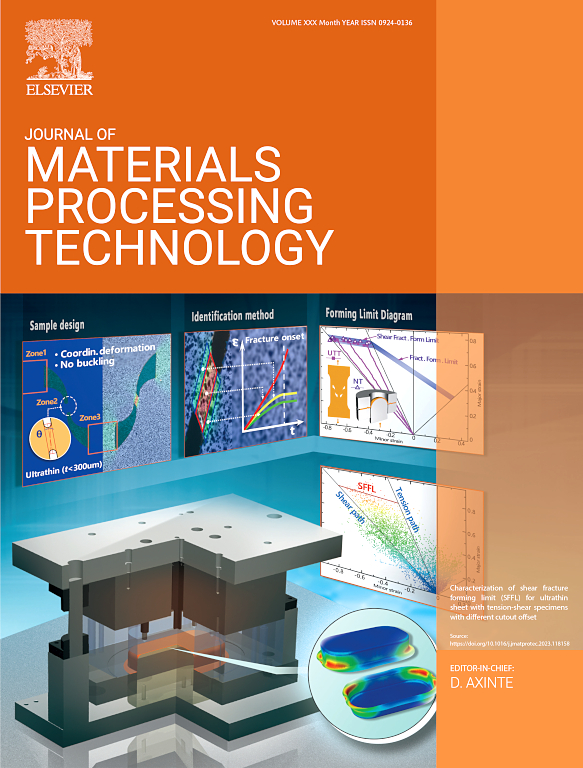Effects of arc waveforms on morphology, microstructure, and properties of unsupported bars in wire and arc additive manufacturing
IF 6.7
2区 材料科学
Q1 ENGINEERING, INDUSTRIAL
Journal of Materials Processing Technology
Pub Date : 2025-01-09
DOI:10.1016/j.jmatprotec.2025.118722
引用次数: 0
Abstract
Large-scale engineering structures are placing greater emphasis on lightweight, high-performance, and multifunctional capabilities. Spatial structures based on bar elements, such as lattice, reinforced concrete, and steel-concrete-steel structures, demonstrate significant application potential. Wire and arc additive manufacturing (WAAM) is suitable for the low-cost and high-efficiency fabrication of such large-scale spatial structures. However, insufficient manufacturing precision and mechanical properties of unsupported bars in WAAM are the primary challenges limiting the application and promotion of this technology. In this study, unsupported bars at 90°, 45°, and 0° were manufactured using various arc waveforms. The effects of arc waveforms on the morphology, microstructure, and mechanical properties of the unsupported bars were systematically analyzed. Additionally, an in-depth investigation into the impact mechanism of arc waveform was conducted through the combination of simulation and theoretical analysis. The results show that the arc waveform regulates the evolution of the molten pool's temperature field, thereby influencing the dynamic flow characteristics of the molten pool and the grain growth behavior. As the fabrication angle decreases, increasing the arc pulse frequency to enhance the molten pool's fluidity becomes crucial for improving the forming quality of unsupported bars. For the 0° unsupported bars, the cross-sectional area fluctuation range and center displacement decreased by 51.0 % and 36.4 %, respectively. In contrast, the constant current arc waveform exhibits insufficient molten pool fluidity, resulting in inadequate manufacturing precision at all angles. Furthermore, as the pulse frequency decreases, the solidification rate and temperature gradient of the molten pool increase significantly, leading to finer grain sizes and enhanced mechanical properties of unsupported bars. Unsupported bars manufactured using the constant current arc waveform exhibit intermediate grain sizes and mechanical properties. These findings establish a systematic framework linking arc waveforms to the evolution of the molten pool's temperature field. Optimizing the arc waveform significantly enhances the manufacturing quality and mechanical properties of unsupported bars at various angle. This provides a theoretical foundation and technical support for the promotion and application of WAAM in the fabrication of large-scale spatial bar structures.
求助全文
约1分钟内获得全文
求助全文
来源期刊

Journal of Materials Processing Technology
工程技术-材料科学:综合
CiteScore
12.60
自引率
4.80%
发文量
403
审稿时长
29 days
期刊介绍:
The Journal of Materials Processing Technology covers the processing techniques used in manufacturing components from metals and other materials. The journal aims to publish full research papers of original, significant and rigorous work and so to contribute to increased production efficiency and improved component performance.
Areas of interest to the journal include:
• Casting, forming and machining
• Additive processing and joining technologies
• The evolution of material properties under the specific conditions met in manufacturing processes
• Surface engineering when it relates specifically to a manufacturing process
• Design and behavior of equipment and tools.
 求助内容:
求助内容: 应助结果提醒方式:
应助结果提醒方式:


